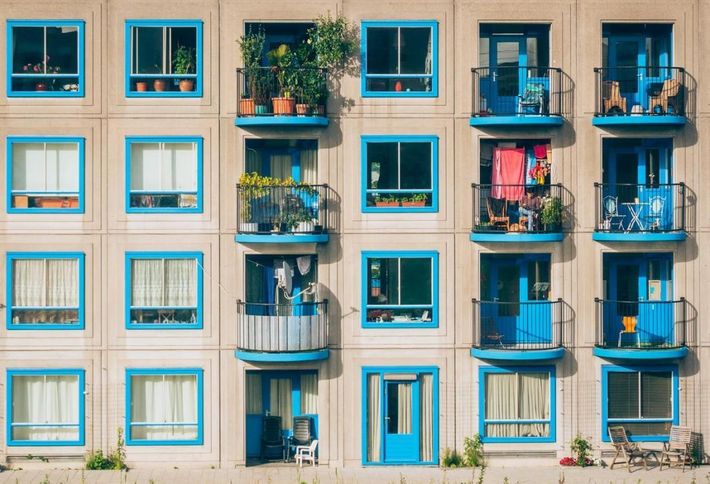
10 Oct Multifamily Deliveries Slow As Of Q3
Here’s What Investors, Operators Need To Know
October 09, 2017 | Champaign Williams, National Editor
U.S. multifamily rents did not end the summer months with a bang. Rent growth slowed nationwide, as did the delivery of new product, which was expected to cause market pains toward the end of the year. Pexels Below are three quick multifamily trends to note coming out of Q3, according to data compiled by Yardi Matrix.
1. Rent Growth Deceleration Persists
National multifamily rents ended Q3 flat, advancing only $1 during the summer months, Yardi reports. Though rent growth was strong during July and August, as is expected since many renters renew their leases around this time, that growth stalled in September by 10 basis points month-to-month. That brought rents to an average $1,354 nationwide, down 2.2% year-over-year, according to Yardi Matrix’s monthly survey of 121 markets. Rent growth peaked in 2015 and has since slowed its pace. Rents rose 2.6% the first three quarters of 2017, 3.4% the first three quarters of 2016 and 4.9% during the same period in 2015.
2. Pace Of New Deliveries Slows
This year the multifamily pipeline reached a cyclical high of 480,000 units as of September. Though anxiety built earlier this year regarding the potential impact of that supply on fundamentals, Yardi research shows much of that supply has yet to deliver. Developers are having a hard time seeing projects through to completion with construction workers in short supply. The construction market has been suffering from a labor shortage exacerbated by baby boomers retiring, leaving a void millennials are not interested in filling. Experts do not see the shortage easing any time soon, what with workers migrating to Houston and Florida to help with the massive damage left behind by hurricanes Harvey and Irma.
3. Fundamentals Stable
As a result of delayed multifamily construction, national occupancy in stable assets was 95.5% as of August, down 10 basis points from June and 20 basis points year-over-year. Yardi predicts the slowdown in deliveries will give the market time to absorb the new supply, leaving vacancies stable. Demand is also expected to remain strong, with millennials, also known as “Generation Rent,” set to drive demand through 2024. In its economic outlook report for the year, Yardi Matrix reported the number of millennials expected to hit the prime renting ages of 20 to 34 will exceed 2 million this year. That is nothing compared to the whopping 70 million expected to peak in 2024 — which means multifamily can expect solid demand from millennials for at least seven years.



